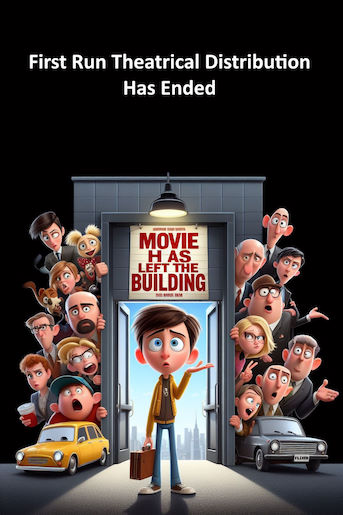
The Fifth Element
- Opens
Overview: The Fifth Element is a mind-bending sci-fi adventure set in the 23rd century. When a powerful cosmic force threatens to destroy the universe, a cab driver named Korben Dallas becomes an unlikely hero. He teams up with Leeloo, a mysterious and powerful being who may be the key to saving humanity. Together, they embark on a wild and imaginative journey filled with bizarre creatures, stunning visuals, and non-stop action. From a Diva Plavalaguna, an opera singer with four lungs, to a planet-sized weapon, The Fifth Element is a visually stunning and unforgettable cinematic experience. Fathom Events (Special Engagement, re-release) See below.
ADVERTISEMENT
Details
Company Credits
Technical Specs
Summary / Coverage / Press for The Fifth Element (1997)
AMC (Special Engagement, re-release)
NY Times (1997) – The Fifth Element Review
Roger Ebert (1997) – The Fifth Element Review
Luc Besson’s The Fifth Element (1997) stands as a significant landmark in sci-fi cinema, influencing countless films that came after it and holding a special place in the hearts of sci-fi fans. Here’s a breakdown of its historical perspective, cult status, and impact:
Historical Perspective:
- A Genre-Bending Blend: The Fifth Element broke new ground by merging classic sci-fi tropes with elements of space opera, action comedy, and romance. This unique blend resonated with audiences seeking a sci-fi experience that was both visually stunning and lighthearted.
- Special Effects Spectacle: Released in 1997, the film boasted cutting-edge special effects that brought Besson’s imaginative world to life. The visuals were unlike anything audiences had seen before, influencing the way future sci-fi films approached creature design, world-building, and action sequences.
- Comic Book Inspiration: The film’s visual style drew heavily from the world of comic books, with vibrant colors, exaggerated sets, and fantastical costumes designed by fashion icon Jean Paul Gaultier. This connection cemented the growing influence of comic books on mainstream sci-fi films.
- Devoted Fanbase: The Fifth Element has garnered a devoted cult following over the years. Fans appreciate its campy humor, quotable lines, and Besson’s distinct directorial vision. The film’s unique blend of genres continues to find new audiences.
- Theatrical Re-Releases and Online Fandom: The film’s enduring popularity has led to theatrical re-releases and a thriving online fan community. Fans continue to celebrate the film through discussions, cosplay, and fan art.
- Besson’s Legacy: The Fifth Element solidified Besson’s reputation as a visionary director who could craft visually stunning and commercially successful genre films. It paved the way for his future sci-fi projects like Valerian and the City of a Thousand Planets (2017).
- Influence on Sci-Fi Films: The film’s influence can be seen in numerous sci-fi movies that followed, particularly in its action sequences, world-building aesthetics, and humorous takes on the genre.
-
- La Femme Nikita (1990): This earlier Besson film showcases his talent for action and suspense. While lacking the fantastical elements of The Fifth Element, it shares a focus on strong female characters and stylish visuals.
- The Messenger: The Story of Joan of Arc (1999): This historical drama is a departure from Besson’s sci-fi works. However, it demonstrates his ability to create visually striking and emotionally resonant films.
- Valerian and the City of a Thousand Planets (2017): This space opera directly adapts a comic book series, further solidifying Besson’s interest in the visual style and storytelling of comics. While visually impressive, Valerian did not achieve the same level of mainstream success or cult status as The Fifth Element.
